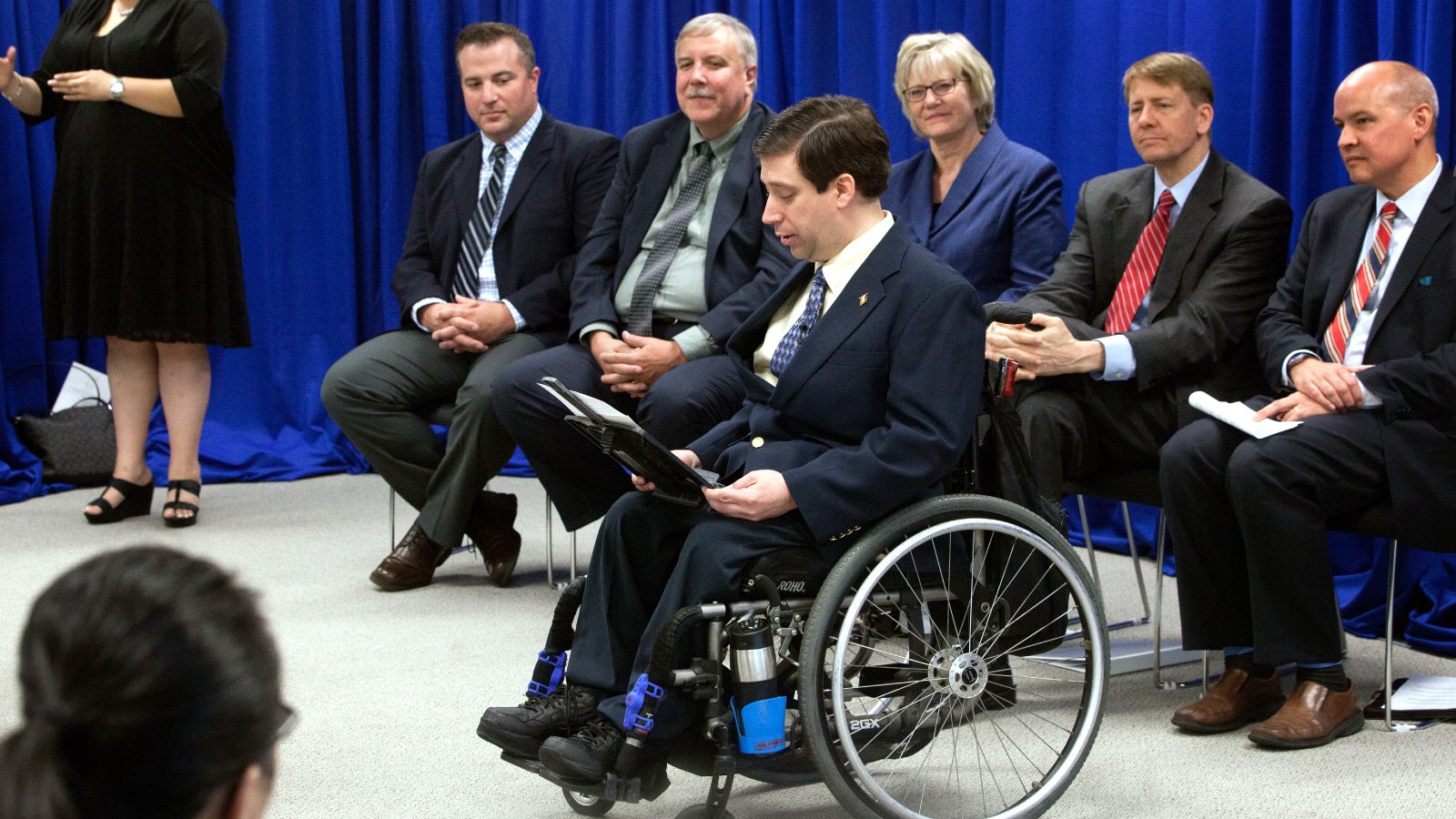What You Need To Know About Chargebacks

First, what is a chargeback? This is a payment refund that you may officially claim as a cardholder from your card issuing bank. It happens when you aren’t happy with a purchase, or you can’t recognize a certain transaction on your bank account statement. You have a right to dispute the transaction and immediately appeal for an official refund. Such a refund is basically a chargeback. Therefore, the card-issuing bank transfers the disputed amount from the salesperson or merchant’s account to your account. The bank investigates the case, after which it determines who wins the chargeback.
Related: 3 Ways Technology is Improving Healthcare
What is a chargeback service?
Chargeback services providers work with the merchants and help them to recover revenue lost to chargebacks. They prevent future revenue from such cases, which are likely to reoccur. It is necessary to note that some providers are professional enough to make sure they go above and beyond ordinary services. They help businesses retain not only customers but also chargeback revenue.
Frequent cases of chargeback
There are several cases when a chargeback is likely to take place. For example:
- When the cardholder doesn’t recognize the charge.
- When the customer accidentally places an order multiple times.
- When the product is low quality, or it’s damaged.
- When a customer hasn’t received the product or service paid for.
- If the customer’s card was used without the owner’s consent or knowledge.
- When the subscription was canceled, but accidentally, the recurring billing wasn’t disabled.
Related: 4 Things You Can Do With the Cloud Technology
How to prevent chargebacks
For businesses to reduce chargebacks cases, it is necessary to consider some essential factors like:
- There must be an indication of the final price on the checkout page, which includes the delivery fees.
- Provide the exact delivery times and delivery prices.
- Provide a lot of information on the goods and services offered by the online business.
- The dealer should be polite to customers and remain responsive to their needs.
- Always make it possible for customers to exchange products or claim a refund.
- The dealers need to collect customers’ signatures to have evidence that products were delivered to them.
- There needs to be the use of fraud prevention tools.
- There should be a prompt response to the payment processor’s request for any information a client wants.
- The dealer needs to clear, and a recognizable description needs to appear on each customer’s bank account statement.
- There needs to be a return and refund policy on the dealer’s website that is reachable by all customers.
Chargeback process
First, a cardholder disputes a transaction through the card issuing bank. The bank makes a decision on whether the dispute is valid. It sends the chargeback to the card network, after which it forwards the dispute to the merchant’s acquiring bank or so-called Cardinity. The Cardinity immediately informs the merchant of the customer’s appeal for a chargeback. The merchant approves whether the transaction was valid or not by providing compelling evidence. Then, the card-issuing bank gets the evidence issued by the merchant through the card networks as well as the acquiring bank.
However, if the card-issuing bank receives enough evidence that disapproves the cardholder’s dispute, then, automatically, the merchant wins the chargeback. The merchant gets back the funds. On the other hand, if merchant evidence is insufficient to dispute the chargeback, the cardholder wins the chargeback, thus retaining the money.









